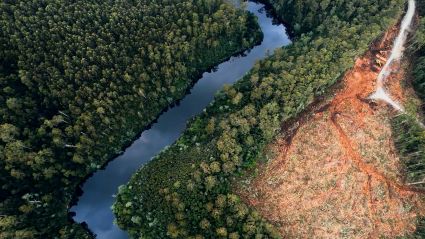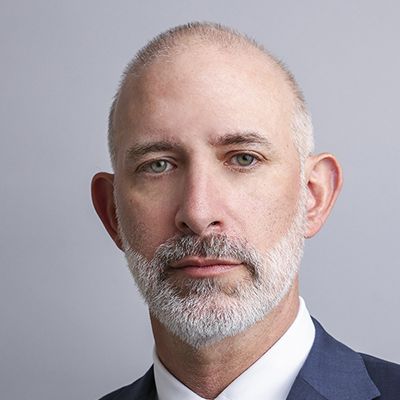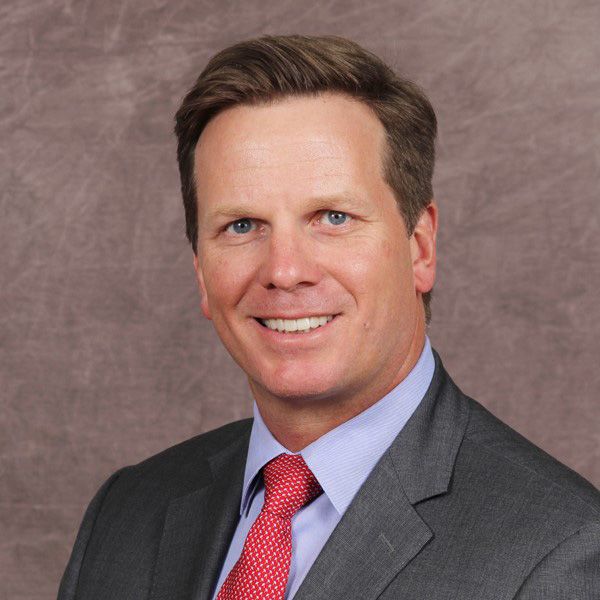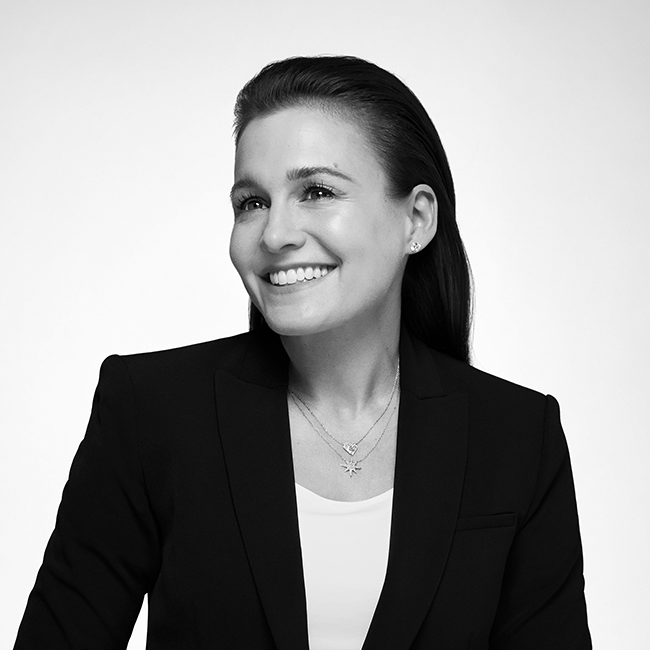
We are living in a new storm reality. Science points to a continued rise in global temperatures, warming water bodies that fuel hurricanes, the biggest storms known to humans, bringing strong winds, heavy rain, and storm surges.
Indeed, worldwide, we have seen an alarming trend of rapid intensification of hurricanes, sometimes close to landfall—leaving communities exposed. In the USA, Milton became the fastest-strengthening Atlantic hurricane—moving from a tropical storm to Category 5—at a pace only seen twice before. In Mexico, Hurricane Otis accelerated from a tropical storm to Category 5 in twenty-four hours, destroying and damaging 98 percent of homes, 80 percent of hotels, and over 100 health facilities in and around Acapulco. The death toll is still unknown. Given its devastation, the World Meteorological Organization retired the name “Otis.” In Asia, Yagi intensified from Category 1 to Category 4 in less than twelve hours (retroactively upgraded to Category 5), leaving a trail of destruction and loss of human life in multiple countries.
Hurricanes will continue to form earlier than in past trends but intensify at rates that will exceed the current response framework. This calls for a paradigm shift in policies and investments. It is no longer business as usual for those in the path of hurricanes. In the new trend of storm patterns, public finances will come under increasing pressure, and stark equity gaps emerge in impacted communities. Repairs will extend beyond the visible above-ground damage, as current health and utility infrastructure investments are not built to cope with stronger storms. Milton, for example, cut through an area containing industrial waste from phosphate to coal ash ponds—raising severe health risks as toxic materials, bacteria from sewage, and debris contaminate water infrastructure. Meanwhile, Florida, which experienced two hurricanes (Category 3 and Category 4) in under three weeks this year, has seen more property insurers declare bankruptcy over the past two decades than all other states combined. Failure to recoup property damage can impact communities for generations, and public finances will be expected to fill an increasing private capital void. Visible and lurking damage will result in environmental justice issues as communities grapple with strained infrastructure and health-care systems.
The conversation around policy and financing frameworks, therefore, needs to be reshaped to prioritize investments to build resilience as much as supporting post-event emergency response initiatives, including recovery and repair. The Financial Innovations Lab® at the Milken Institute has undertaken multiple projects along these lines with our investor network, including AECOM, the Heron Foundation, and the Rockefeller Foundation. The team has used its signature blend of desktop and applied research, along with curated stakeholder interviews and workshops, to discuss barriers and emerging solutions, publishing reports with recommendations that are ready to be picked up and operationalized.
In New York City, after Hurricane Sandy caused nearly $20 billion in damages and lost economic activity, the Institute worked with AECOM to explore innovative financing of coastal resilience infrastructure in Lower Manhattan.
Key recommendations from Financing Urban Resiliency:
- Improving Metrics and Quantification of Risk by aggregating, synthesizing, and socializing the environmental data related to climate risks and establishing standardized metrics for resiliency, which is fundamental to understanding the potential value of new infrastructure projects and rationalizing the large up-front costs.
- Expanding Municipal Bond Options to incorporate the reality that resiliency infrastructure lacks a clear and direct revenue-generating component.
- Designing an Insurance Surcharge for Resiliency on certain lines of insurance to generate funding that would capitalize on a dedicated resiliency trust fund with bonding potential.
- Modeling the Value of Shoreline Extension for a potential shoreline extension project that will protect identified low-lying neighborhoods, modeling the possible value of new development, and exploring value capture tools.
- Designing a Surcharge on Revenue-Generating Services and Utilities, such as water and sewer fees to capitalize a resiliency trust fund.
The Institute has also worked on health resiliency by examining different models to build and strengthen early warning systems to better manage outbreaks, focusing on the issue with a global lens and tailoring solutions to country-specific infrastructure and needs in Brazil, Kenya, and Indonesia.
Key recommendations from Innovative Finance Models for Early Warning Systems for Pandemics include:
- Establishing and Funding an Early Warning Information and Insight Exchange to serve as an aggregator and clearinghouse of data to identify signals to predict and detect early outbreaks.
- In Brazil, recommendations included the need to invest in capacity building for a skilled workforce, borrowing from existing models elsewhere in developing countries.
- In Indonesia, partnerships between the government and private sector data and technology companies were recommended to enable digitalization, standardization, and interoperability in the archipelago nation.
- In Kenya, solutions included the need to incentivize the sharing of human and animal health data via various existing pathways.
The bottom line is that officials and communities around the world are increasingly impacted by intensifying storm patterns. At the Milken Institute, we have worked on multiple projects globally, focusing on the need to incorporate proactive and adaptive solutions and build resilience. Our projects have highlighted policy and financing solutions to demonstrate we can move forward to ensure that storms like Milton do not devastate regions in the future. The Financial Innovations Lab team is keen to deepen this conversation, bring together diverse stakeholders, and design solutions for investment in resilience, saving resources, and safeguarding community health.


















